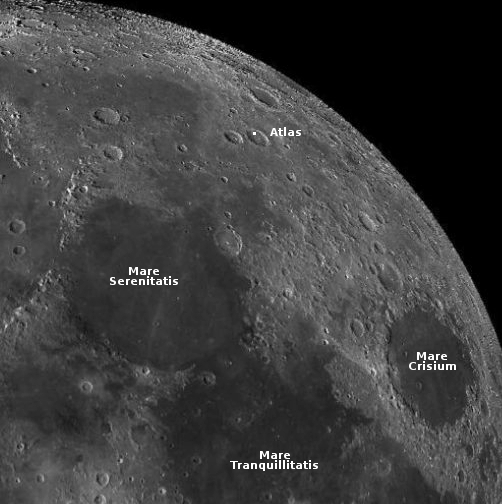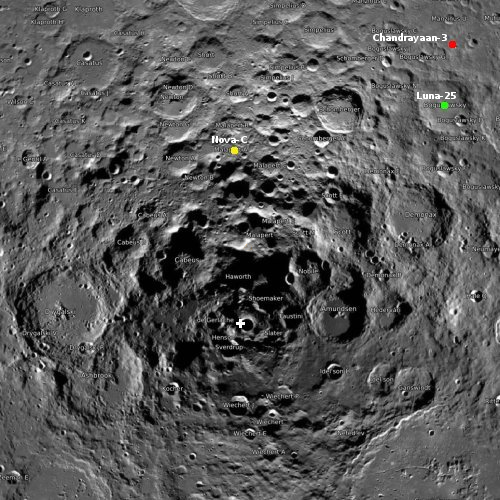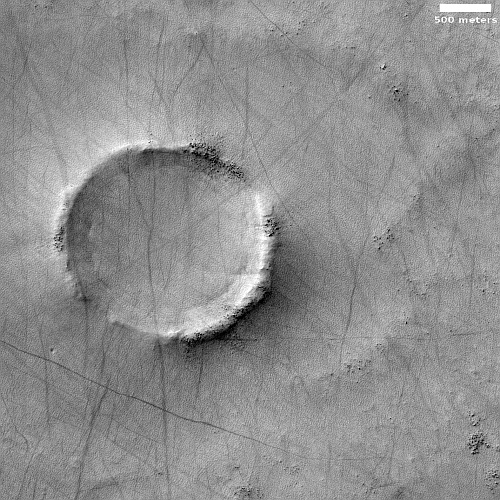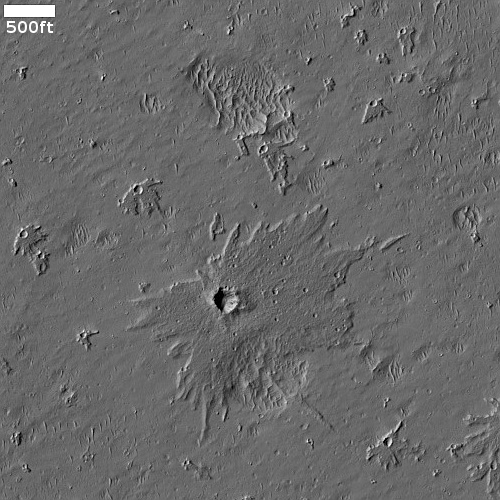Hakuto-R1 enters lunar orbit

Hakuto-R1’s planned landing site is in Atlas Crater.
The lunar lander Hakuto-R1, privately-built by the Japanese company Ispace, has now successfully entered lunar orbit in anticipation of its landing sometime next month.
Tokyo-based ispace said that its HAKUTO-R Mission 1 lander entered orbit at 9:24 p.m. Eastern March 20 after a burn by its main engine lasting several minutes. The company did not disclose the parameters of the orbit but said that the maneuver was a success.
…Entering orbit is the seventh of 10 milestones ispace set for the mission that started with launch preparations. The final three milestones are completing “orbital control maneuvers,” the landing itself and going into a steady state of activities after landing.
The spacecraft carries several payloads, the most significant of which is the United Arab Emirates Rashid rover.
If Hakuto-R1 completes its 10 milestones successfully, it will lay the groundwork for Ispace’s second Hakuto-R mission to the Moon in 2024, and an even larger lander on a third mission to follow, this time built in partnership with the American company Draper and carrying NASA payloads.

Hakuto-R1’s planned landing site is in Atlas Crater.
The lunar lander Hakuto-R1, privately-built by the Japanese company Ispace, has now successfully entered lunar orbit in anticipation of its landing sometime next month.
Tokyo-based ispace said that its HAKUTO-R Mission 1 lander entered orbit at 9:24 p.m. Eastern March 20 after a burn by its main engine lasting several minutes. The company did not disclose the parameters of the orbit but said that the maneuver was a success.
…Entering orbit is the seventh of 10 milestones ispace set for the mission that started with launch preparations. The final three milestones are completing “orbital control maneuvers,” the landing itself and going into a steady state of activities after landing.
The spacecraft carries several payloads, the most significant of which is the United Arab Emirates Rashid rover.
If Hakuto-R1 completes its 10 milestones successfully, it will lay the groundwork for Ispace’s second Hakuto-R mission to the Moon in 2024, and an even larger lander on a third mission to follow, this time built in partnership with the American company Draper and carrying NASA payloads.
















